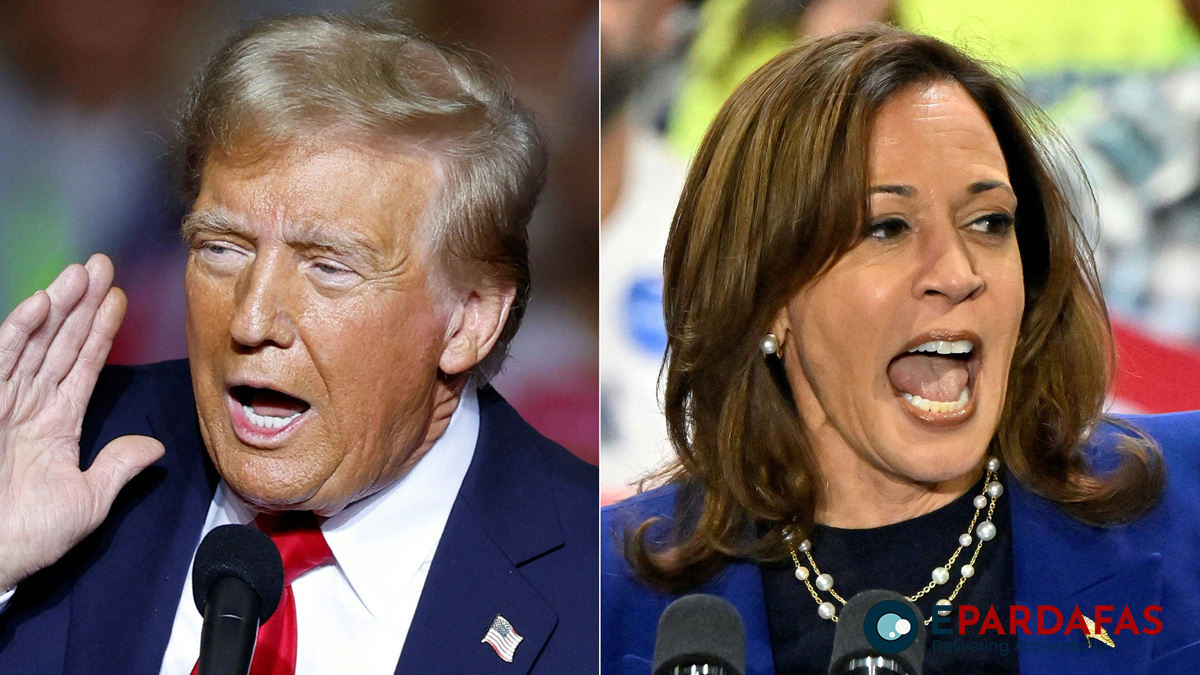
US Election by the Numbers: Key Stats on Swing States, Poll Workers, and Potential Voter Turnout

As the United States heads toward another high-stakes election, here’s a breakdown of some of the key numbers defining the race, from swing states to polling staff:
Two
After a lineup of independent candidates, the presidential race is now between two major candidates: Democrat Kamala Harris and Republican Donald Trump. With a polarized nation behind them, both candidates are vying to secure the White House for their party.
Five
November 5 marks Election Day. As always, it’s held on the Tuesday after the first Monday in November, making it a pivotal date in the political calendar.
Seven
This year, seven key swing states will shape the election outcome: Arizona, Georgia, Michigan, Nevada, North Carolina, Pennsylvania, and Wisconsin. In a tight race, these states are battlegrounds where both Harris and Trump are investing heavily in campaign efforts, knowing that even a small shift could be decisive.
34 and 435
Voters aren’t just choosing a president; they’ll also influence Congress. Thirty-four Senate seats, each with a six-year term, and all 435 House seats, each with a two-year term, are up for election. Currently, Republicans hold a majority in the House, while Democrats have a narrow edge in the Senate. Both parties are eager to gain control of Congress.
538
The Electoral College, a unique system of indirect voting, will again decide the presidency. With 538 electors distributed across states based on population size and fixed Senate representation, a candidate needs at least 270 electoral votes to win. California, the largest state, holds 54 votes, while smaller states like Vermont have just three.
774,000
In 2020, 774,000 poll workers helped ensure smooth voting. This year, poll workers will manage voter assistance and equipment, while election officials oversee operations. Additionally, poll watchers, appointed by political parties, will be on the lookout during ballot counting, especially with increased tensions following Trump’s reservations about accepting the outcome.
75 Million
Ahead of Election Day, over 75 million Americans have already cast their ballots via early or mail-in voting. This trend, according to a University of Florida database, is partly due to flexibility needs and scheduling conflicts that keep voters from casting ballots on November 5.
244 Million
An estimated 244 million Americans are eligible to vote in 2024. While voter turnout remains uncertain, recent years have seen historic participation. According to the Pew Research Center, the 2020 presidential election had the highest voter turnout since 1900, with 66% of eligible voters participating—translating to nearly 155 million votes, per the Census Bureau.
As the election nears, these numbers underscore the magnitude of the event and the critical role Americans play in shaping the country’s future.
- PM Oli Inspects ‘Sagarmatha Sambaad’ Secretariat, Calls for Streamlined Preparations
- Nepal Secures Six-Wicket Victory Over Hong Kong in Women’s T20 Cricket
- CPN-UML to Hold Central Secretariat Meeting on March 17
- Nepal’s Environment Minister Shahi Urges Global Action on Climate Change at UK Roundtable












Comments